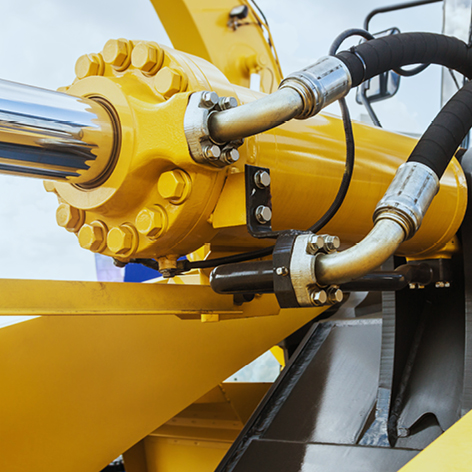Hydraulic motors are an integral part of machines that rely on hydraulic power for operation because they actuate and “complete” the process of converting hydraulic energy into mechanical energy.
Since hydraulic motors are fairly simple machines that are composed of rotating machinery, they specifically translate hydraulic energy into rotational mechanical energy. You can continue reading to know more about the best hydraulics supplies.

The main enclosure and interior components of the motor are made from metal such as steel or iron so they can withstand high pressures and operating speeds. In a sense, motors can be thought of as hydraulic pumps working “backward” or in reverse.
Overall, a hydraulic power unit pumps fluid (usually a type of oil) via a small pneumatic engine from a reservoir and sends it to the motor while regulating fluid temperature.
Oil is pumped from the reservoir through an inlet valve to an outlet valve through a series of gears, turning vanes, or cylinders, depending on what specific type of hydraulic motor it is.
Pressurized fluid creates mechanical energy and motion by physically pushing the motor, causing the rotating components to turn very quickly, and transferring energy to the machinery that the motor is linked to.
Typically, not every rotational component is directly connected to producing mechanical energy; for example, in a typical gear motor, only one of the two gears is connected to and responsible for turning the motor shaft.
This type of operation directly contrasts with electric engines, in which electromagnetic forces produced by flowing electric current are the response for rotating the motor shaft.